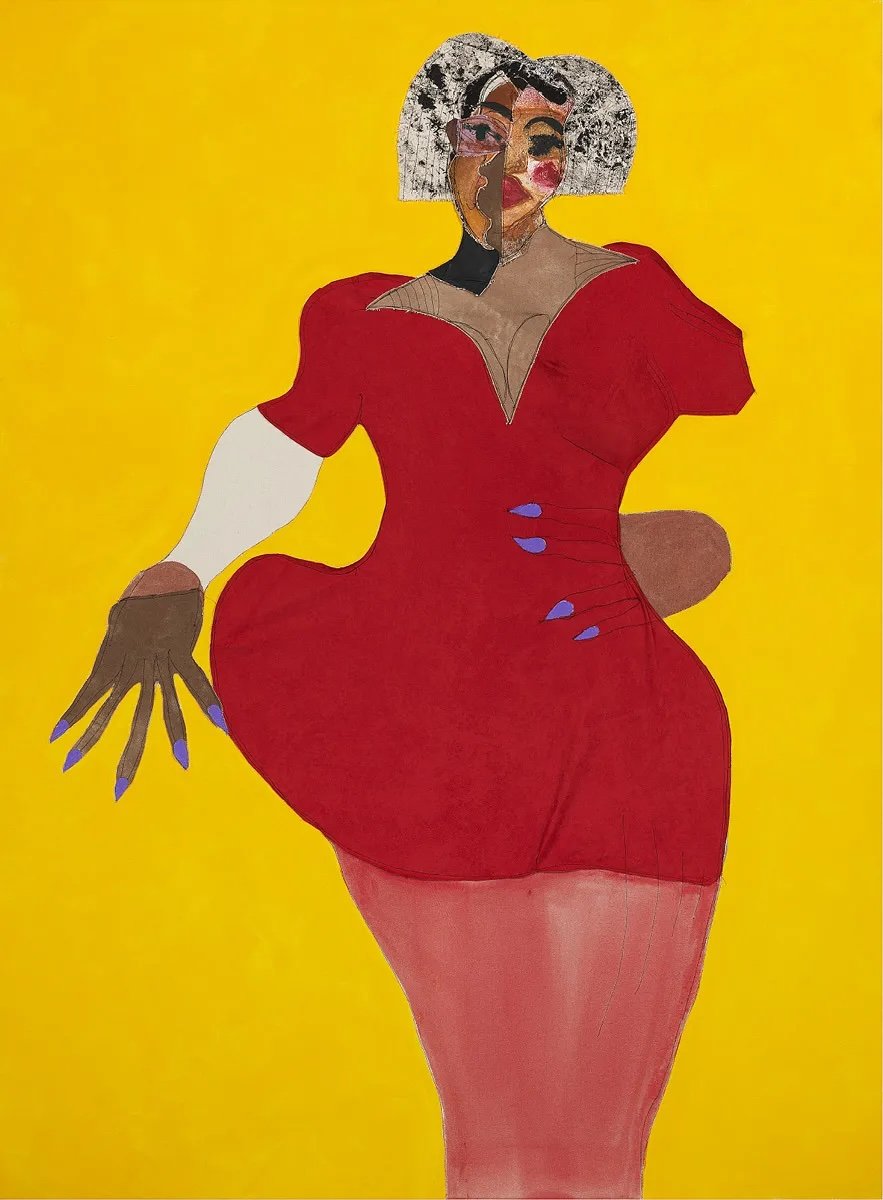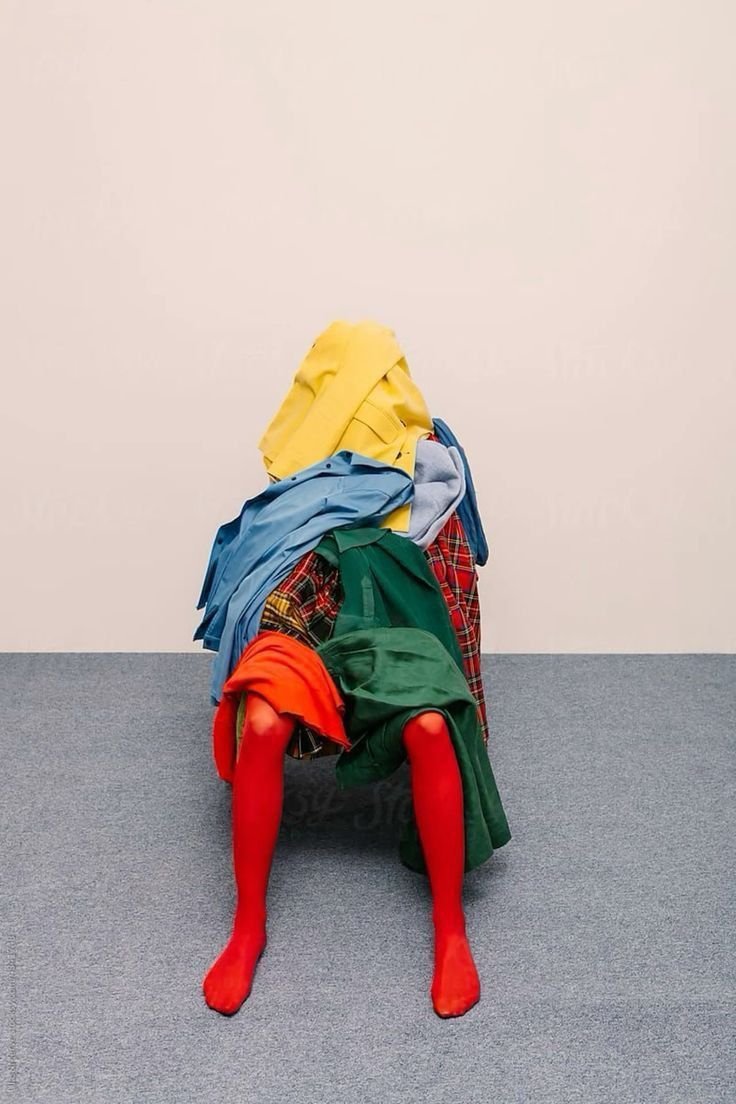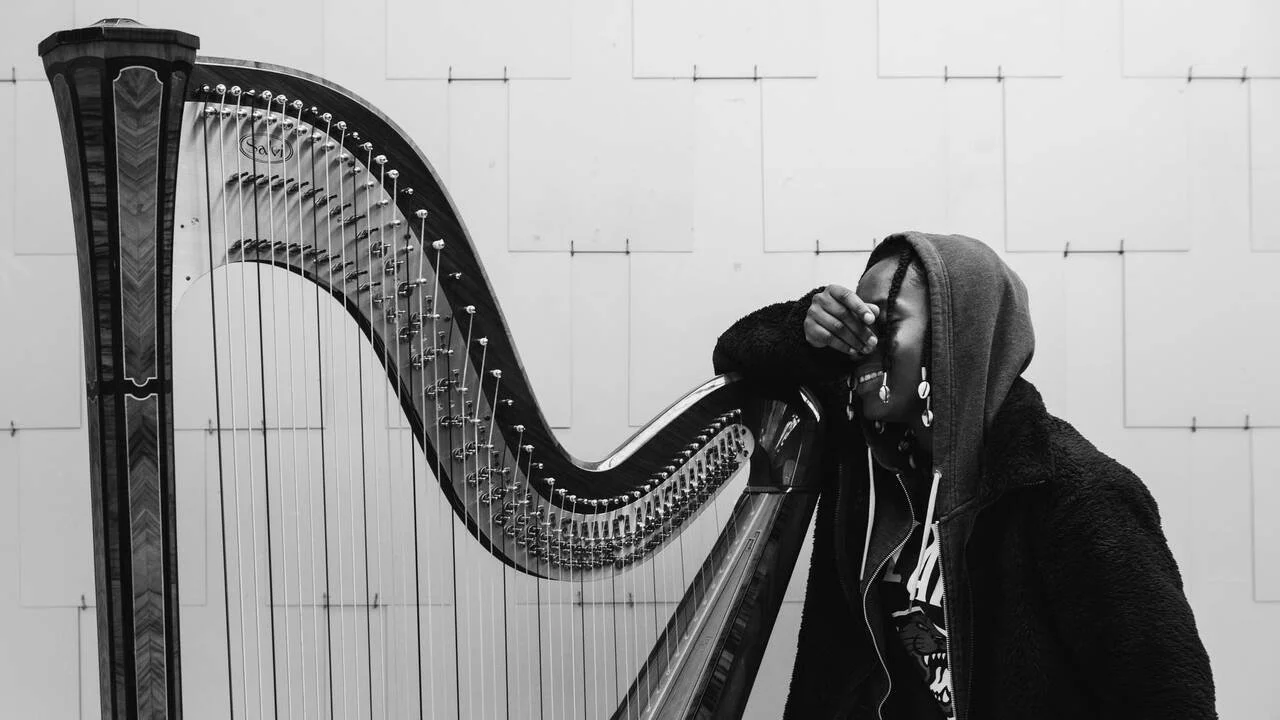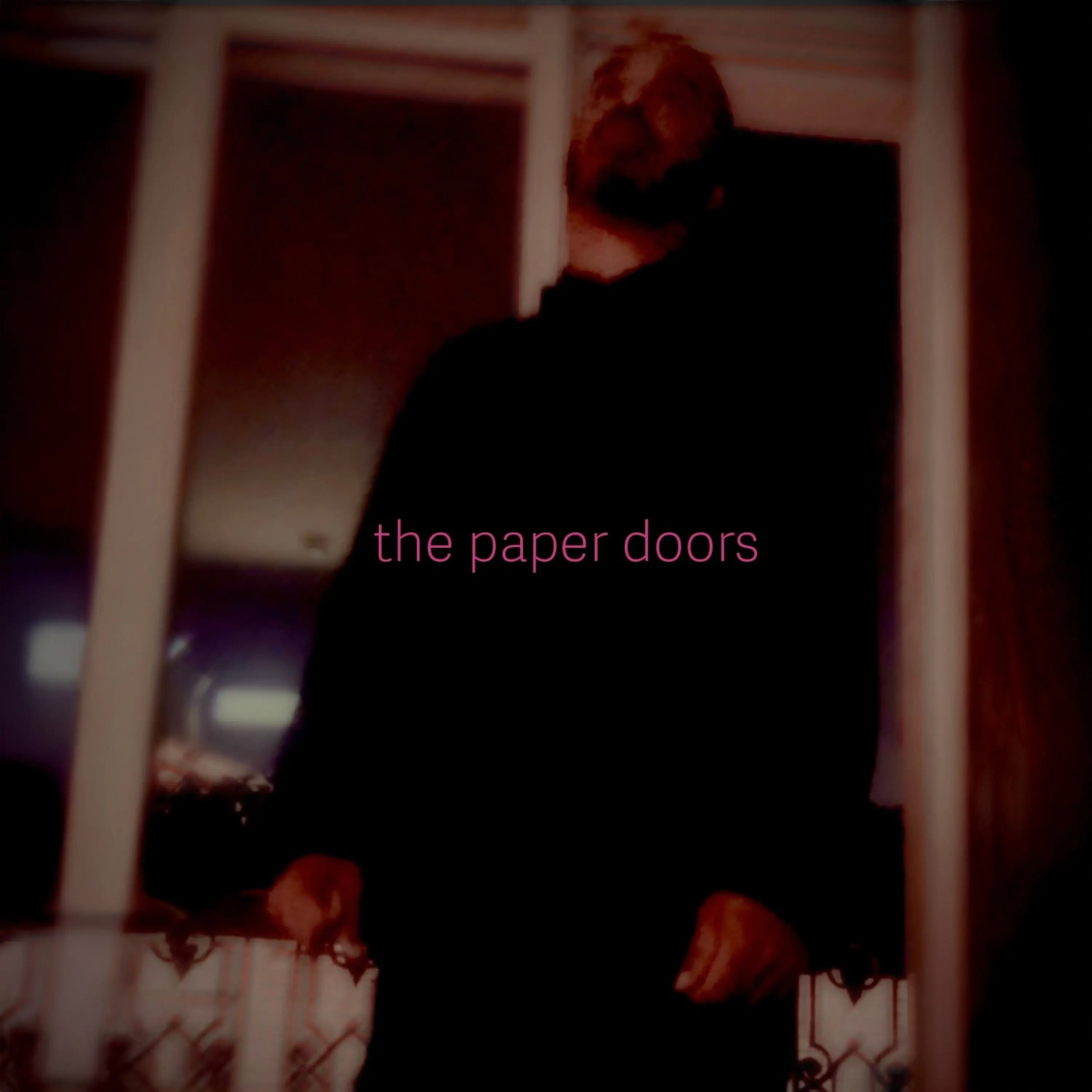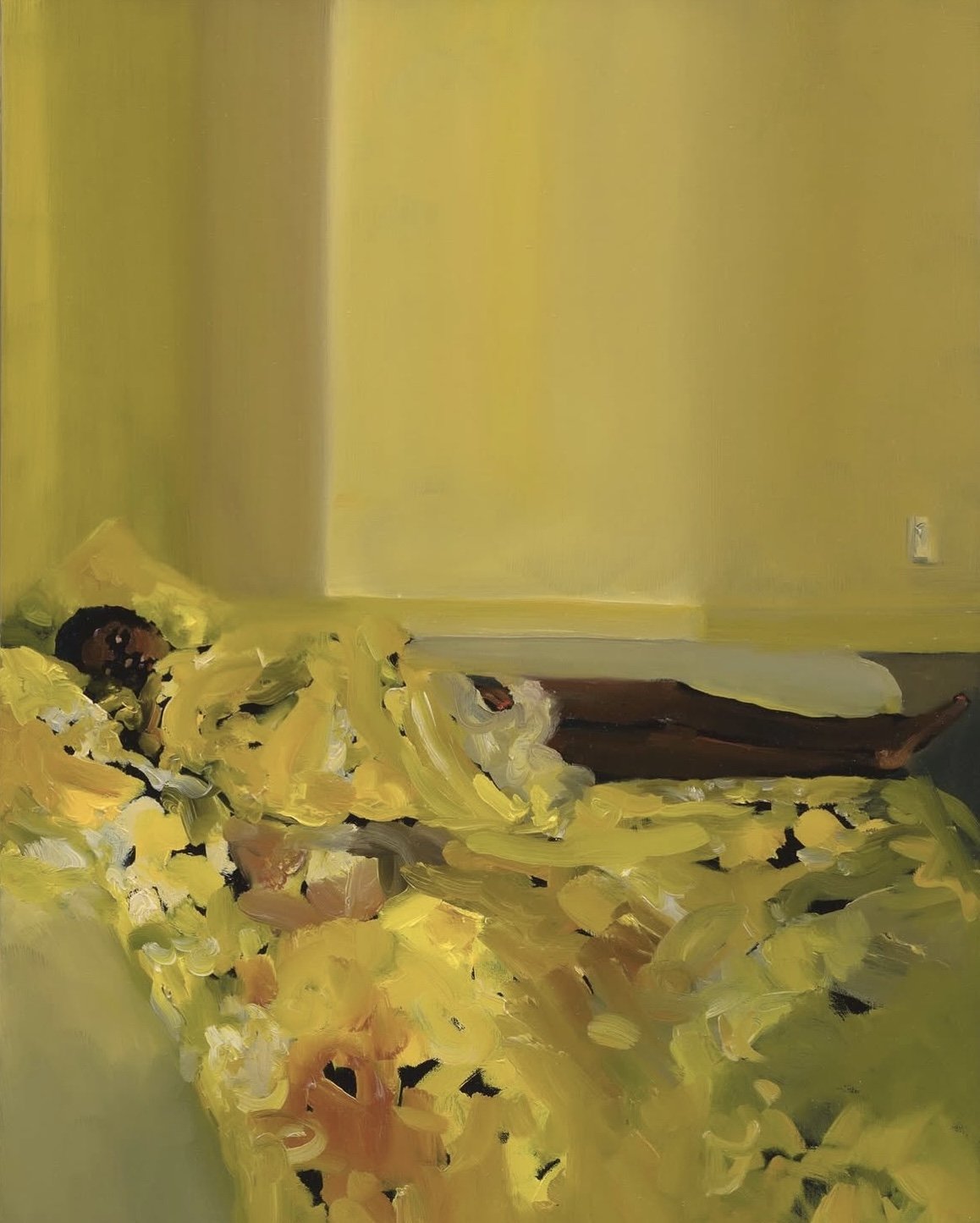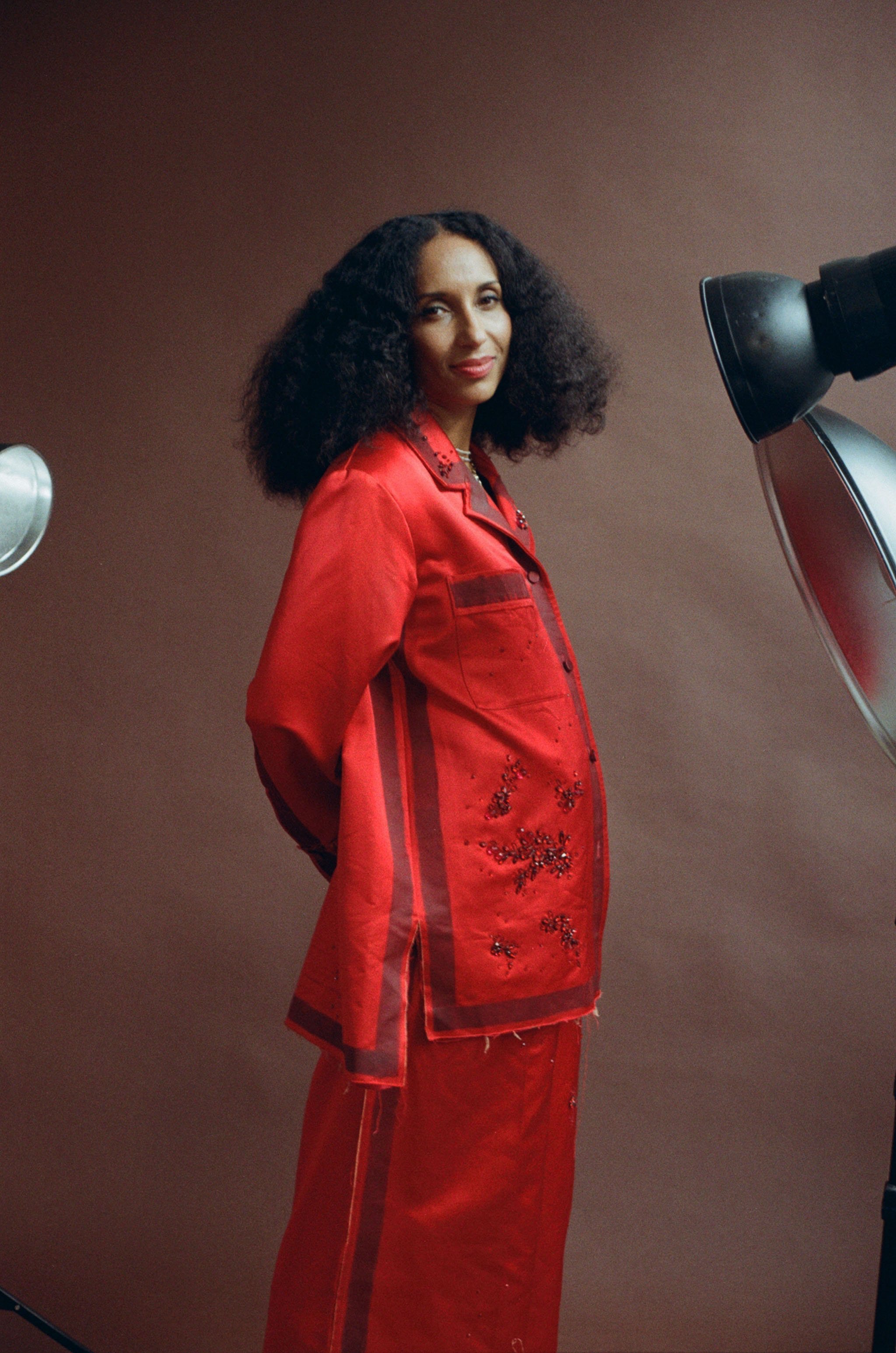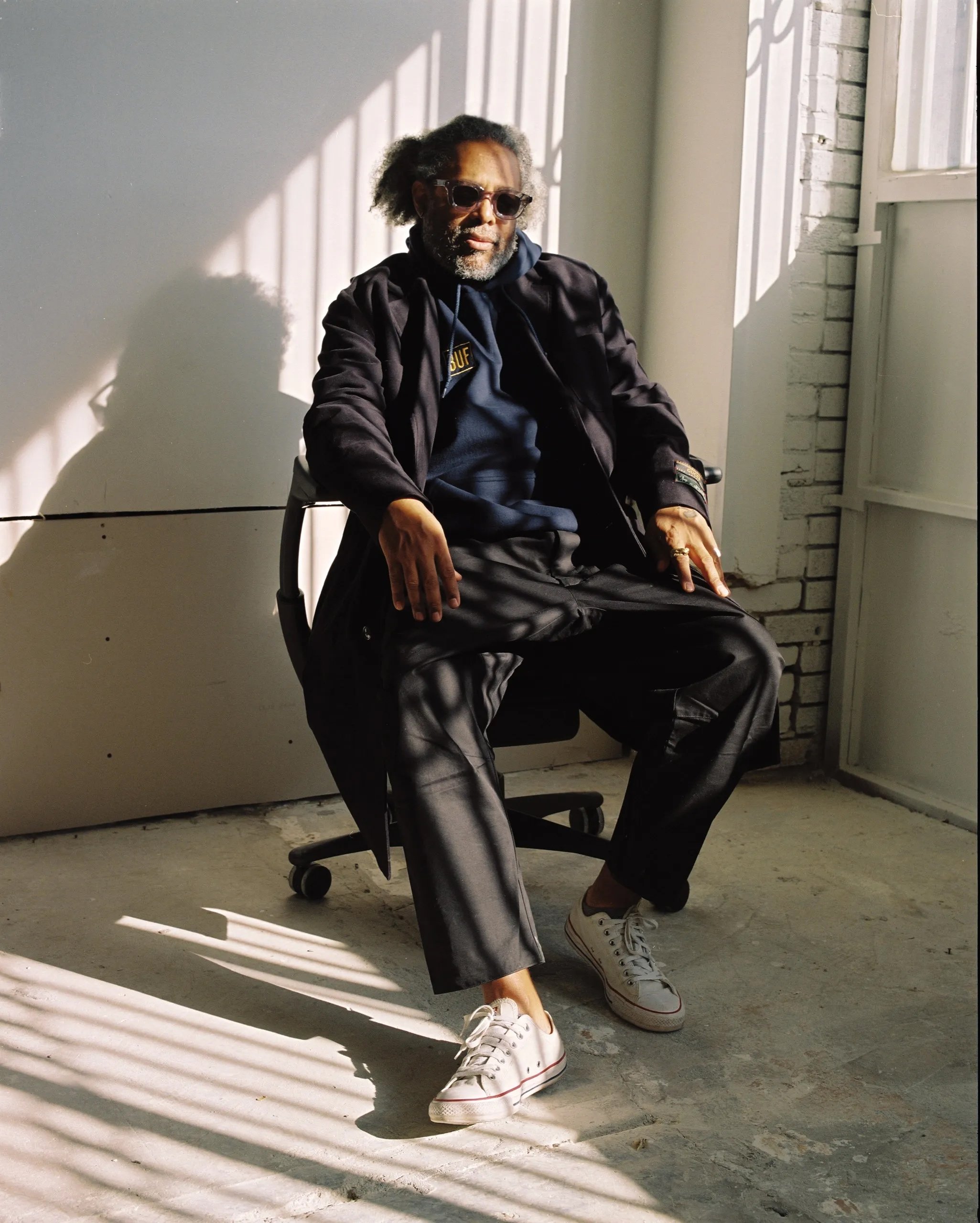To Paint Like Motonaga Now — Fluid Colors, Radical Freedom
In a world saturated with cold concepts and anxious narratives, some artists paint simply to breathe — and to resist. Sadamasa Motonaga, pioneer of fluid forms and free gestures, still echoes in their rebellious colors. Between play, joy, and soft matter, a new aesthetic is taking shape — gentle, yet radical. What if painting like him was already a way to rewire the world?
Return to Motonaga: Art as Breath
« Art should be like life — always in motion, never frozen. »
Sadamasa Motonaga, a key Japanese artist of the Gutai movement, revolutionized 20th-century art with his spontaneous, organic works. Using inks, vinyl, water, and fluid forms, he moves away from representation to make way for a living, embodied painting that’s not meant to mimic reality, but to feel it. His work is not just an image; it’s an experience. The material, the colors, the gestures — all intertwine to create a world where art doesn’t "represent" but lives.
Play as Counterpower
Sungi Mlengeya, Shimmers, 2025
« I want to provoke a new way of thinking in my audience, one that could change how we act — or don’t act — in situations that endlessly repeat along the path of freely and unhindered pursuing our true desires. »
Play is not naive. In a world frozen by suffering and trauma, the playful becomes an act of resistance. Motonaga proved this: far from being superficial, it revalues pleasure, instinct, and sensuality — a direct response to oppression and elitism. Today, artists like Sungi Mlengeya, Yayoi Kusama, and Maya Hayuk use this lightness to deconstruct codes and rewrite art, injecting joy and color into spaces typically dominated by rigidity and pain.
Yayoi Kusama, Kusama with Dots Obsession, 2012 © Yayoi Kusama
« I wanted to start a revolution, using art to build the kind of society I had imagined myself. »
Color as a Weapon: Heirs of Motonaga
Motonaga's aesthetic, playing with fluidity and color, paved the way for a new generation of artists who use the soft, the dynamic, and the decorative as powerful visual weapons. Firelei Báez uses lush forms to explore identity, while Zadie Xa and Rina Banerjee redefine the decorative as political language. At the same time, artists like Shezad Dawood and Tschabalala Self transform traditional conventions into sensual, joyful, and rebellious visual experiences, where kitsch and the organic merge to unleash uninhibited expression.
« This idea of nonlinear time is important to me, as well as that of different worlds occurring simultaneously, journeys to other worlds, the afterlife, a psychological liminal space. »
Shezad Dawood, A garden of the Floating World, 2025
Tschabalala Self, Tschabalala is bold and fearless in her rendering of the female body
« A stereotype is a flat character with two dimensions. I can confront these stereotypical images by creating multidimensional characters with complex desires, inner dialogues, and psychology. »
Shezad Dawood, diffferent artwork
« My projects involve unraveling complex stories and issues, so I often think that more than one approach or medium is needed to provide an appropriate, respectful, or poetic response. »
Reconfiguring the World Through Joy
Harold Ancart, Untitled, 2020
« For me, understanding form is understanding color. That’s what the visual environment is made of: masses of color that overlap, mix, come together, or dissociate from one another, creating forms. »
Motonaga was not just a painter, but a forerunner of a quiet revolution: a painting that listens, vibrates, adapts. Far from rigid forms and fixed discourses, he created a space where matter and movement reconcile. This philosophy of flexibility and fluidity is reflected today in artists like Pipilotti Rist, who blends irreverence and sensuality, or Harold Ancart, who reinvents matter to invite us to reimagine a more fluid world. Tenderness, like Motonaga's painting, becomes a disruptive strategy, breaking away from the rigidity of the contemporary world. What if softness were actually the ultimate form of resistance?
Pipilotti Rist photographed in her Zurich studio
« Whatever the case, the way you tell your story online can make all the difference. »



























